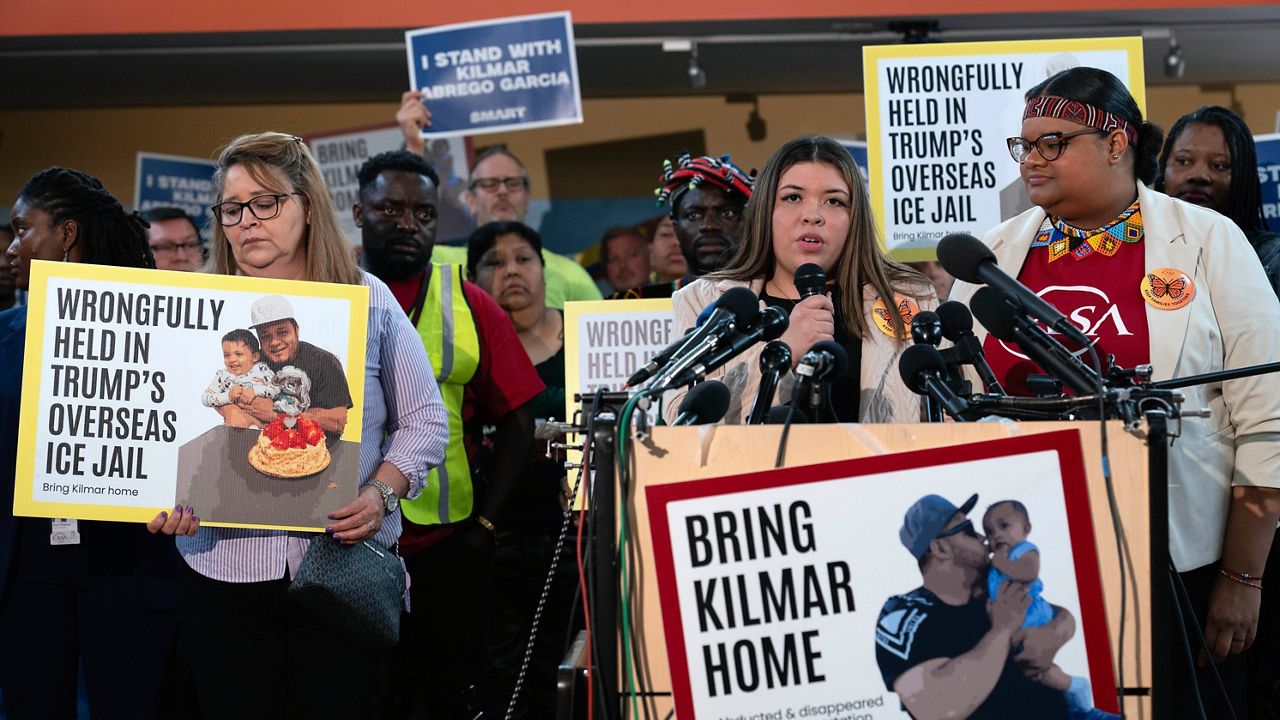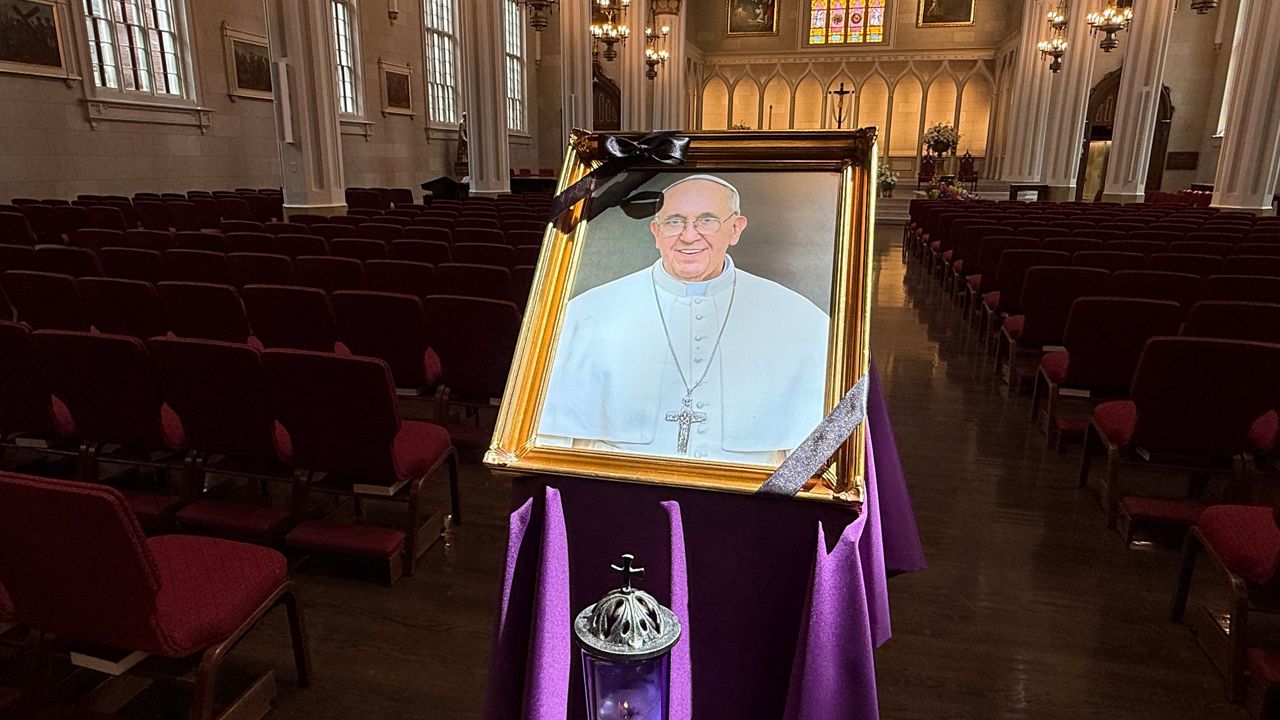LOUISVILLE, Ky. — Hispanic Heritage month started on Sept. 15.
According to the U.S. Census Bureau, 4.3% of the Kentucky’s population identifies as Hispanic or Latino.
It’s hard to miss La Bodeguita de Mima—a vibrant yellow, house-looking building in Louisville’s NULU district.
“The name is divided into two parts, Mima, which means mom back in Cuba. That’s the way sons call their moms ‘Hey Mima, come bring me some milk’ and La Bodeguita because of a very traditional Cuban bar,” Elena Paifer, says.
La Bodeguita de Mima opened its doors in 2020—about a year and a half before Paifer moved from Cuba to Louisville.
“And as soon as I stepped in here, I was like ‘I’m back home!’ Like suddenly, the ambience, the atmosphere, how welcoming people are here. It makes you feel like you’re in Cuba,” Paifer says.
Since the 2021 census, the Cuban population in Louisville has increased 1%.
According to the Migration Policy Institute, Jefferson County has the 12th largest Cuban population in the country, with just under 12,000 migrants.
Paifer says it seems like the word on Louisville travels quickly.
“The conditions sound so good. You know, we’re very talkative—extremely talkative. We’re like ‘Hey, life here is amazing’ and we constantly talk about how happy we are here,” Paifer says.
Colin Triplett, Catholic Charities resettlement director says the employment availability and welcoming nature of Louisville help to attract Cuban migrants.
“It’s not a gigantic city. You know it’s relatively geographically small. I think a lot of people that come here want to start fresh, start new and they’re very proud to be living here in Kentucky,” Triplett says.
He adds the recent influx of Cuban migrants coming to the U.S. has caused procedures to become more organized, which has resulted in a more steady population increase.
“Nothing is predictable in the world of refugee and immigrant services, but I feel like it’s more of a metered and slow approach that we’re having right now,” Triplett says.
Even though Paifer calls Louisville home now, each day she walks into work, she is reminded of her native country.
“The decoration… it looks like Havana from the 1950s. My grandmother’s house looks like this. All of the cabinets, all of the ornaments, the people that work here, what the owners wanted their business to look like, to feel like,” Paifer says.
Catholic Charities has many ways the community can get involved to help refugees.











